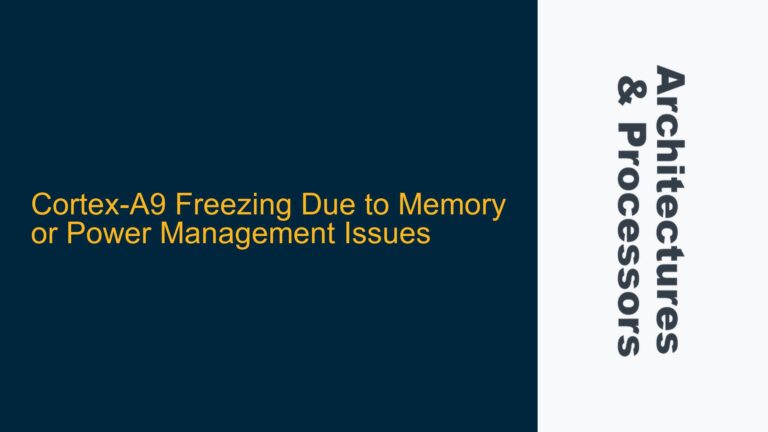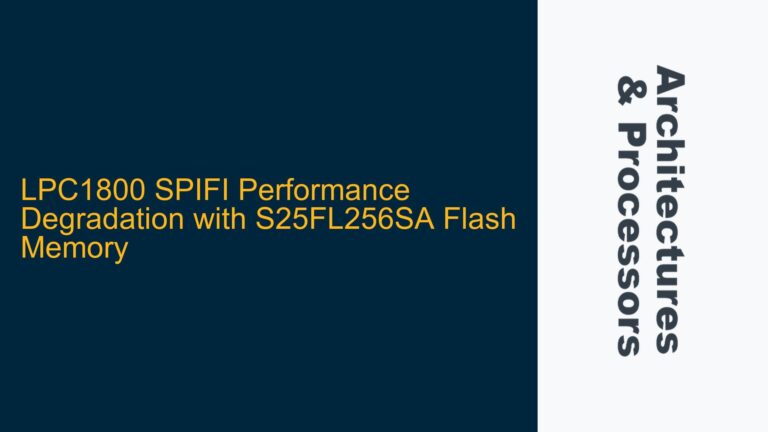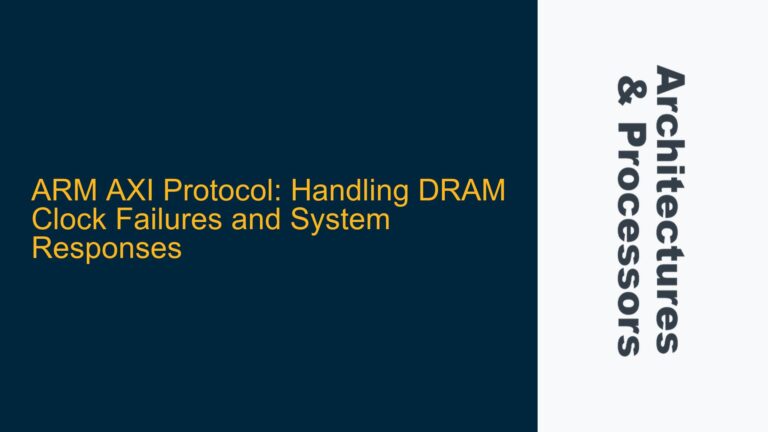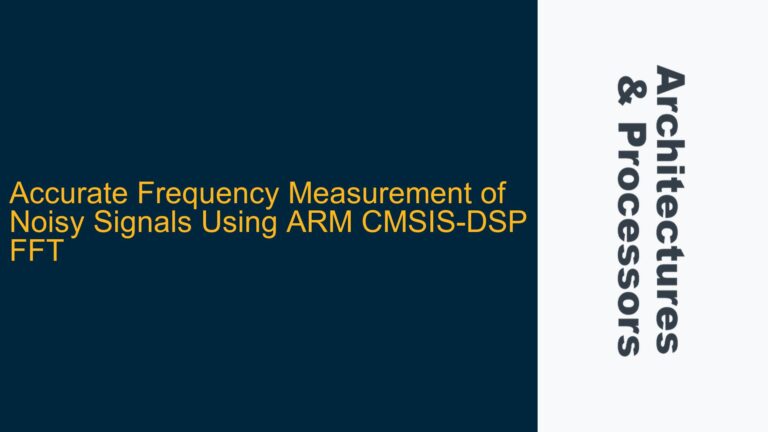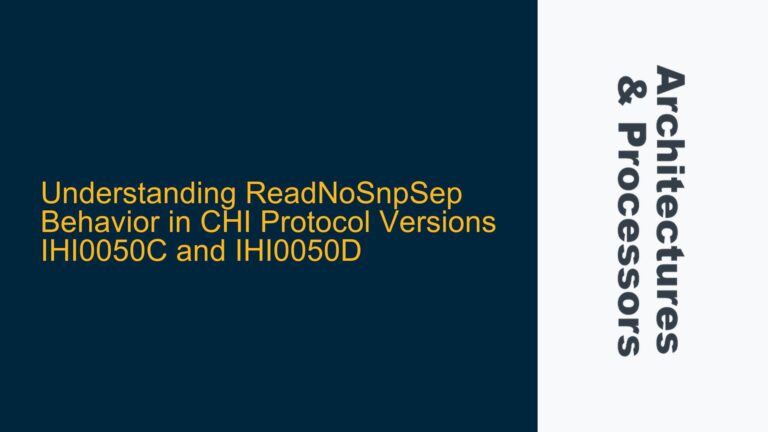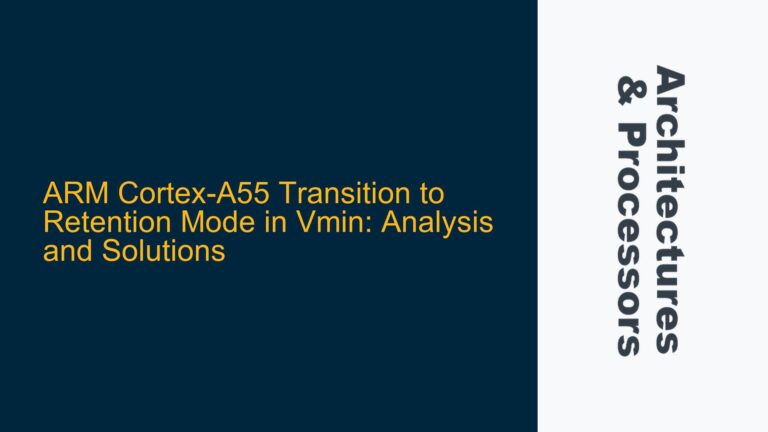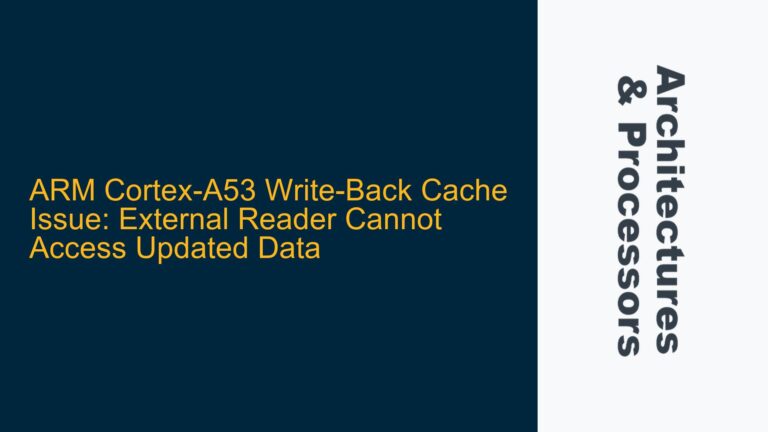Cortex-A9 Freezing Due to Memory or Power Management Issues
Cortex-A9 Freezing and JTAG Inaccessibility During System Lockup The Cortex-A9 processor, particularly in the Zynq 7000 series, can occasionally experience a critical failure where the system freezes to the point that JTAG debugging becomes inaccessible. This issue is characterized by the inability to halt the processor, extract debug information, or obtain a coherent stack trace….
